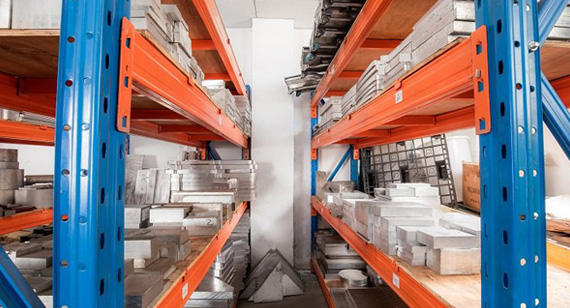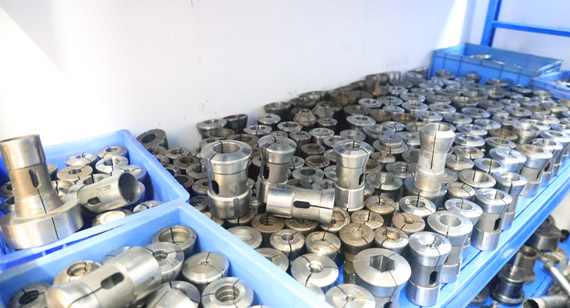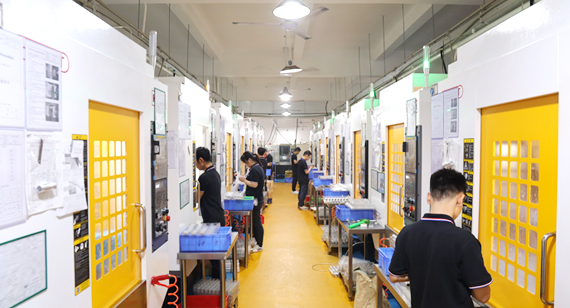15 years one-stop China custom CNC machining parts factory

Hey there I’m VMT Sam!
With 25 years of CNC machining experience we are committed to helping clients overcome 10000 complex part-processing challenges all to contribute to a better life through intelligent manufacturing. Contact us now
 581 |
Published by VMT at Dec 04 2023
581 |
Published by VMT at Dec 04 2023
Comparing the Cost of Titanium CNC Machining with Other Materials
The cost of CNC machining titanium is generally higher compared to machining other common materials such as aluminum or steel. Several factors contribute to this disparity:
Titanium is a more expensive raw material compared to aluminum and steel. Its extraction, refinement, and processing contribute to a higher initial cost.

Tooling and Equipment:
CNC Machining titanium requires specialized tools and equipment due to its hardness and abrasiveness. These tools wear out faster, necessitating more frequent replacements and increasing overall costs.

CNC Machining Speed:
Titanium has lower machinability compared to materials like aluminum. Slower machining speeds are often required to achieve precision, resulting in longer CNC machining times and increased labor costs.
Tool Wear and Tool Life:
Titanium's hardness leads to accelerated tool wear during machining. This results in more frequent tool changes, adding to operational costs.
Coolant and Lubrication:
Titanium CNC machining generates a significant amount of heat. To dissipate this heat and prevent workpiece and tool damage, ample coolant and lubrication are necessary. The cost of these fluids contributes to the overall machining expense.
Energy Consumption:
The CNC machining of titanium requires more energy due to its high melting point and resistance to deformation. Increased energy consumption adds to operational costs.
Post-Processing:
Titanium CNC parts often require additional post-processing steps, such as heat treatment or surface finishing, which can incur additional costs compared to materials that may not require these extra steps.

Scrap and Waste:
Titanium CNC machining can result in more scrap and waste due to its challenging machinability. Minimizing waste requires precision and meticulous control, contributing to production costs.
Despite the higher cost, titanium's unique properties, including high strength-to-weight ratio, corrosion resistance, and biocompatibility, make it indispensable in specific applications such as aerospace, medical implants, and defense where its benefits outweigh the economic considerations. The decision to use titanium in CNC machining projects often involves a balance between performance requirements and budget constraints.
Factors Influencing the Cost-Benefit Analysis of Titanium Machining:
Expertise and Skilled Labor:
CNC Machining titanium demands a high level of expertise from skilled machinists who understand the material's characteristics and intricacies. The specialized knowledge required often comes at a premium, contributing to labor costs.
Quality Control and Inspection:
Due to the critical applications of CNC titanium parts, stringent quality control and inspection measures are necessary. The cost of these additional checks and the need for advanced inspection equipment add to the overall cost of production.

Customization and Complexity:
Titanium CNC machining projects often involve intricate designs and complex geometries. Customization and complexity contribute to higher costs compared to more straightforward machining projects.
Supply Chain Considerations:
The availability and reliability of the titanium supply chain can influence costs. Factors such as market demand, geopolitical issues, and transportation expenses can impact the overall cost of titanium CNC machining.
Environmental and Regulatory Compliance:
Titanium machining may involve additional steps to ensure compliance with environmental and regulatory standards. The implementation of eco-friendly practices and adherence to regulations can add to the production costs.
Research and Development:
Innovations and advancements in titanium CNC machining techniques and technologies require ongoing research and development investments. These costs are often distributed across the production of titanium components.
Volume of Production:
The volume of titanium CNC machining parts to be produced can influence costs. While the initial setup costs may be high for small batches, economies of scale can be achieved with larger production volumes, mitigating some of the per-unit costs.
In conclusion, while the cost of titanium CNC machining is generally higher compared to other materials, the decision to use titanium involves a comprehensive analysis of its unique properties and the specific requirements of the application. The benefits of titanium, including its lightweight nature, corrosion resistance, and high strength, often outweigh the economic considerations in industries where these properties are essential. The ongoing advancements in CNC machining technologies and processes may contribute to optimizing costs associated with titanium CNC machining in the future.
Ready To Start Your Next Project?
Get Instant Quote

Request a Free Quote
Send us a message if you have any questions or request a quote. We will get back to you ASAP!